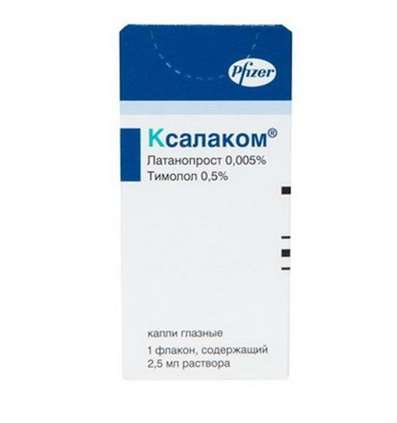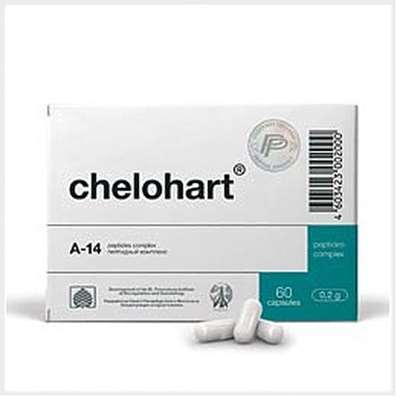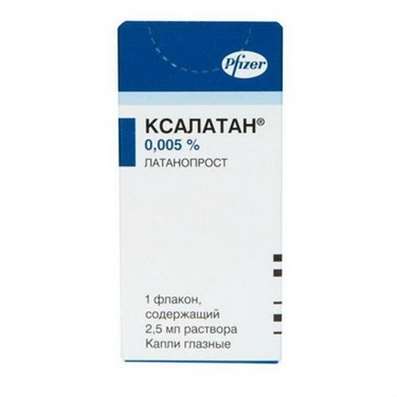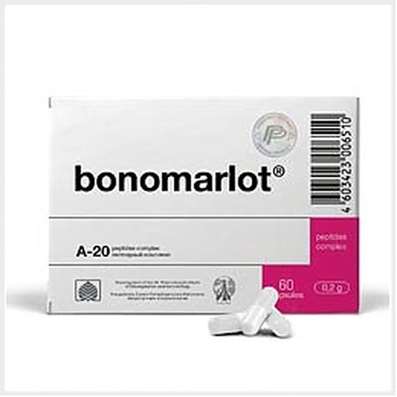Instruction for use: Moxogamma
I want this, give me price
Dosage form: film-coated tablets
Active substance: Moxonidinum
ATX
C02AC05 Moxonidine
Pharmacological group
Selective imidazoline receptor agonist [I1-imidazoline receptor agonists]
Nosological classification (ICD-10)
I10 Essential (primary) hypertension: hypertension; Arterial hypertension; Arterial hypertension crisis course; Essential Hypertension; Essential hypertension; Essential hypertension; Essential hypertension; Essential hypertension; Primary hypertension; Arterial hypertension, complications of diabetes; The sudden increase in blood pressure; Hypertensive disorders of blood circulation; hypertensive condition; hypertensive crises; arterial Hypertension; malignant Hypertension; Hypertonic disease; hypertensive crises; accelerated hypertension; malignant hypertension; The aggravation of hypertensive disease; Transient hypertension; Isolated systolic hypertension
I15 Secondary hypertension: Arterial hypertension, complications of diabetes; hypertension; The sudden increase in blood pressure; Hypertensive disorders of blood circulation; hypertensive condition; hypertensive crises; hypertension; arterial Hypertension; malignant Hypertension; hypertensive crises; accelerated hypertension; malignant hypertension; The aggravation of hypertensive disease; Transient hypertension; hypertension; Arterial hypertension; Arterial hypertension crisis course; renovascular hypertension; Hypertension symptomatic; Renal hypertension; Renovascular hypertension; renovascular hypertension; Symptomatic hypertension
Composition
Tablets covered with a film coating.
active substance: Moxonidine 0.2 mg; 0.3 mg; 0.4 mg
Auxiliary substances: anhydrous lactose; Povidone K25; Crospovidone; Magnesium stearate; Opadry Y-1-7000 (includes titanium dioxide, hypromellose, macrogol 400, iron oxide red)
Description of dosage form
Tablets of 0.2 mg: light pink color, round tablets, film-coated.
Tablets 0,3 mg: pink, round tablets, film-coated.
Tablets of 0,4 mg: dark pink color, round tablets, covered with a film membrane.
Pharmachologic effect
Mode of action - antihypertensive.
Pharmacodynamics
Selective agonist imidazoline receptors responsible for tonic and reflex control of the sympathetic nervous system (localized in the ventrolateral region of the medulla oblongata).
Slightly associated with central α2-adrenoreceptors due to interaction with which are mediated dry mouth and sedative effect.
Reduces the resistance of tissues to insulin.
Influence on hemodynamics: a decrease in SAD and DAD with a single and prolonged administration of moxonidine is associated with a decrease in the pressor effect of the sympathetic system on peripheral vessels, a decrease in peripheral vascular resistance, while cardiac output and heart rate do not change significantly.
Pharmacokinetics
After oral administration, Cmax in plasma is determined after 30-180 minutes and is 1-3 ng / ml. Absorption after oral administration - 90%. The intake of food by the amount of absorption is not affected. Bioavailability - 88%. Binding to blood plasma proteins - 7%. The volume of distribution is 1.4-3 l / kg. Passes through the BBB. Do not cumulate with prolonged use. T1 / 2 2-3 hours. The kidneys are excreted by 90% (70% in unchanged form, 20% in the form of metabolites). There were no significant differences in pharmacokinetics in young and elderly patients.
Indications of Mîxogamma
Arterial hypertension.
Contraindications
Hypersensitivity to the components of the drug;
Syndrome of weakness of the sinus node;
Sinoatrial and AV-blockade II and III degree;
Pronounced bradycardia (heart rate - less than 50 beats per minute);
Chronic heart failure of grade III and IV (according to NYHA classification);
Angioedema in history;
Unstable angina;
Severe hepatic impairment;
Chronic renal failure (Cl creatinine - less than 30 ml / min, creatinine concentration - more than 160 μmol / l);
Age under 18 years (effectiveness and safety not established);
Lactation period;
Simultaneous reception with tricyclic antidepressants;
Intolerance to galactose;
Deficiency of lactose or malabsorption of glucose-galactose.
Carefully:
Parkinson's disease (severe form);
epilepsy;
glaucoma;
depression;
Intermittent claudication;
Raynaud's disease;
pregnancy;
AV-blockade of the 1st degree;
Chronic renal failure (Cl creatinine -> 30, but <60 ml / min);
Cerebrovascular diseases;
After a recent myocardial infarction;
Chronic heart failure of I and II class, expressed hepatic insufficiency - due to lack of experience of application;
hemodialysis.
Application in pregnancy and lactation
There are no clinical data on the negative effect on the course of pregnancy. However, care should be taken when prescribing MoxogammaŽ to pregnant women.
Side effects
The most frequent adverse reactions, especially at the beginning of therapy were: dry mouth, headache, asthenia and drowsiness. The intensity of their manifestation and frequency decrease upon repeated admission. Development frequency: very often - more than 1/10; Often more than 1/100, less than 1/10; Sometimes more than 1/1000 and less than 1/100; Very rarely - less than 1/1000; Including individual messages (see table).
Table
| Very often (more than 1/10) | Often (more than 1/100, and less than 1/10) | Sometimes (more than 1/1000 and less than 1/100) | Very rarely (less than 1/1000, including individual reports) | |
| Mental disorders | Difficulty concentrating | Depression, anxiety | ||
| Nervous system | Drowsiness, headache, absent-mindedness, depression of consciousness | - | - | - |
| Gastrointestinal tract | Nausea, constipation, dyspeptic disorders | - | - | |
| Are common | Dry mouth | Asthenia | Edema of various localization, weakness in the legs, angioedema, syncope, fluid retention, anorexia, pain in the parotid glands | - |
| Urinary system | - | - | Urinary retention or incontinence | - |
| Diseases of the skin and subcutaneous fat | - | - | Allergic skin reactions | - |
| Diseases of the liver | - | - | - | Hepatitis, stasis of bile |
| Visual disturbances | - | - | Dry eye, causing itching or burning sensation | - |
| Vascular disorders | - | Vasodilation | Decrease in blood pressure, orthostatic hypotension, limb paresthesia, Raynaud's syndrome, peripheral circulation disorders | - |
| Endocrine disorders | - | - | Gynecomastia, impotence and decreased libido | - |
Interaction
Moxonidine may be administered with thiazide diuretics and CCBs.
When moxonidine is used together with these and other antihypertensive agents, the effect of moxonidine is mutually reinforced.
When moxonidine is administered with hydrochlorothiazide, glibenclamide (glyburide), or digoxin, there is no pharmacokinetic interaction.
Tricyclic antidepressants may reduce the effectiveness of centrally acting antihypertensive agents.
Moxonidine moderately increases the reduced cognitive ability in patients taking lorazepam.
The administration of moxonidine together with benzodiazepines may be accompanied by an increase in the sedative effect of the latter.
Increases the inhibitory effect on the central nervous system anxiolytics, barbiturates and ethanol. Beta-adrenoblockers increase bradycardia, the severity of negative foreign and dromotropic effects.
When moxonidine is administered together with moclobemide, pharmacodynamic interaction is absent.
Dosing and Administration
Inside, regardless of food intake, with plenty of liquid.
In most cases, the initial dose of MoxogammaŽ is 0.2 mg / day at one time, preferably in the morning hours. If the therapeutic effect is insufficient, the dose can be increased after 3 weeks of therapy to 0.4 mg / day in 2 divided doses or once. The maximum daily dose, which should be divided into 2 divided doses (morning and evening), is 0.6 mg. The maximum single dose is 0.4 mg.
In elderly patients with normal renal function, the dosage recommendations are the same as for adult patients.
In patients with renal insufficiency (Cl creatinine - 30-60 ml / min) and patients on hemodialysis, a single dose should not exceed 0.2 mg, the maximum daily dose - 0.4 mg.
Overdose
Symptoms: headache, sedation, drowsiness, excessive decrease in blood pressure, dizziness, general weakness, bradycardia, dry mouth, vomiting, fatigue and stomach pain. Potential short-term increases in blood pressure, tachycardia, and hyperglycemia are also possible.
Treatment: as a specific antidote is administered idazoxane (an antagonist of imidazolines). Gastric lavage (immediately after administration), administration of activated carbon and laxatives, symptomatic therapy.
In the case of a decrease in blood pressure, it is recommended that the BCC be restored by introducing a liquid.
Bradycardia can be stopped with atropine.
Antagonists of α-adrenergic receptors can reduce or eliminate transient arterial hypertension in case of an overdose of moxonidine.
Special instructions
If it is necessary to cancel concomitantly taking β-blockers and Moxogamma, first abolish β-blockers and only after a few days - Moxogamma.
It is not recommended to prescribe tricyclic antidepressants simultaneously with moxonidine.
During treatment, regular monitoring of blood pressure, heart rate and ECG is necessary.
Moxonidine may be administered with thiazide diuretics, ACE inhibitors and CCBs.
Stop taking MoxogammaŽ gradually.
Patients with a rare hereditary pathology - galactose intolerance, lactose deficiency or malabsorption of glucose-galactose should not take this drug.
Influence on the ability to drive a car and to control cars and mechanisms. There are reports of drowsiness and dizziness during treatment with moxonidine. This should be taken into account when carrying out the above actions.
Release Form
Tablets, film-coated, 0.2, 0.3 and 0.4 mg. For 10 tab. In a blister of PVC and aluminum foil. For 3 blisters are placed in a cardboard box.
Manufacturer by
Verwag Pharma GmbH & Co. KG. KG, Kalverstrasse, 7, 71034, Böblingen, Germany.
Produced by: Artesan Pharma GmbH & Co. KG. KG.
Representation / organization accepting claims: representative office of the firm Vervag Pharma GmbH & Co. KG. KG in the Russian Federation.
Conditions of supply of pharmacies
On prescription.
Storage conditions of the drug Mîxogamma
In dry, the dark place at a temperature of no higher than 25 ° C.
Keep out of the reach of children.
The shelf life of the drug Mîxogamma
2 years.
Do not use beyond the expiration date printed on the package.

 Cart
Cart





